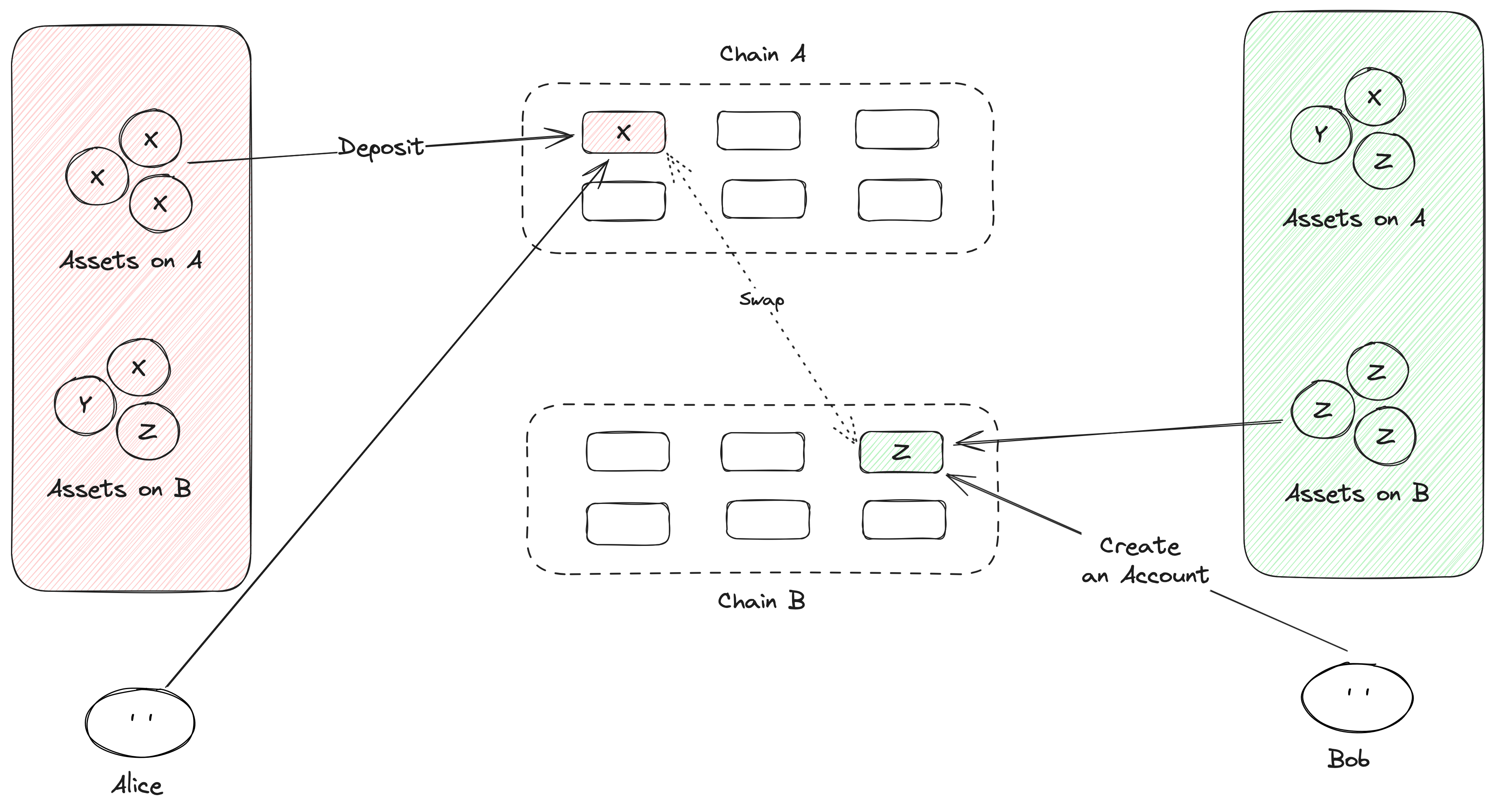Concepts
The key concepts of Mycel revolve around its innovative approach to managing and interacting with blockchain state machines. These concepts lay the foundation for how Mycel enables seamless cross-chain interactions, secure asset management, and functionality that can be tailored to specific use cases.
Transferable Accounts
At the heart of Mycel's infrastructure is the Transferable Account. A Transferable Account is a novel digital entity that allows users to securely manage, transfer, and trade assets across various blockchain platforms. Unlike traditional accounts, which are often tied to a single blockchain and operate within its constraints, Transferable Accounts are designed to be fluid, moving freely between different chains while maintaining the integrity and security of the assets they hold.

Key Features of Transferable Accounts:
- Cross-Chain Mobility: Transferable Accounts can be transferred or exchanged on any compatible blockchain or state machine. This mobility is essential for users who need to operate across multiple networks, as it eliminates the need to rely on centralized exchanges or complex bridging solutions.
- Security: The security of Transferable Accounts is ensured through advanced cryptographic techniques. The private keys associated with these accounts are generated and stored securely, ensuring that they are never exposed to the outside world.
- Multi-Asset Support: A single Transferable Account can hold various assets including cryptocurrencies, DeFi positions, NFTs, and even credentials, allowing for unified management and transfer of diverse digital assets.
- No Dependency on Cryptographic Curves: Transferable Accounts abstract away the underlying cryptographic differences between blockchains, enabling transfers between chains that use different cryptographic primitives.
Transferable Accounts serve as the fundamental building block of Mycel, enabling the seamless flow of assets and data across diverse blockchain ecosystems. They provide a secure and flexible mechanism for managing digital assets in a decentralized world, breaking down the barriers between different blockchains and making cross-chain interactions more accessible and efficient.